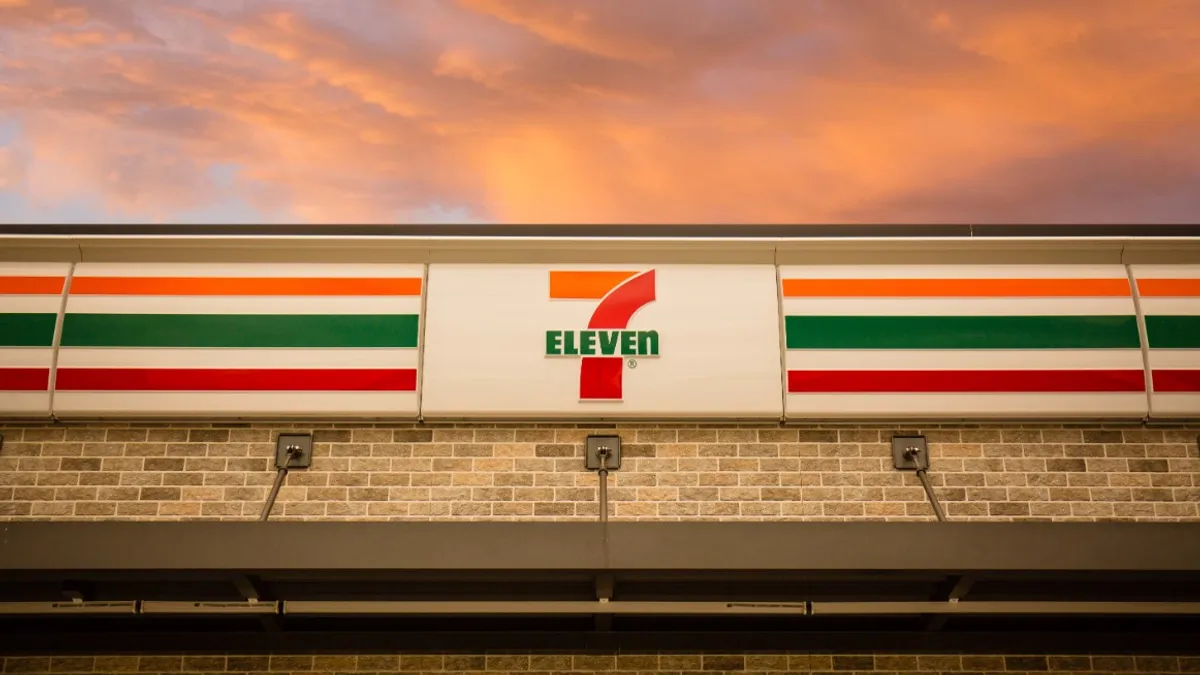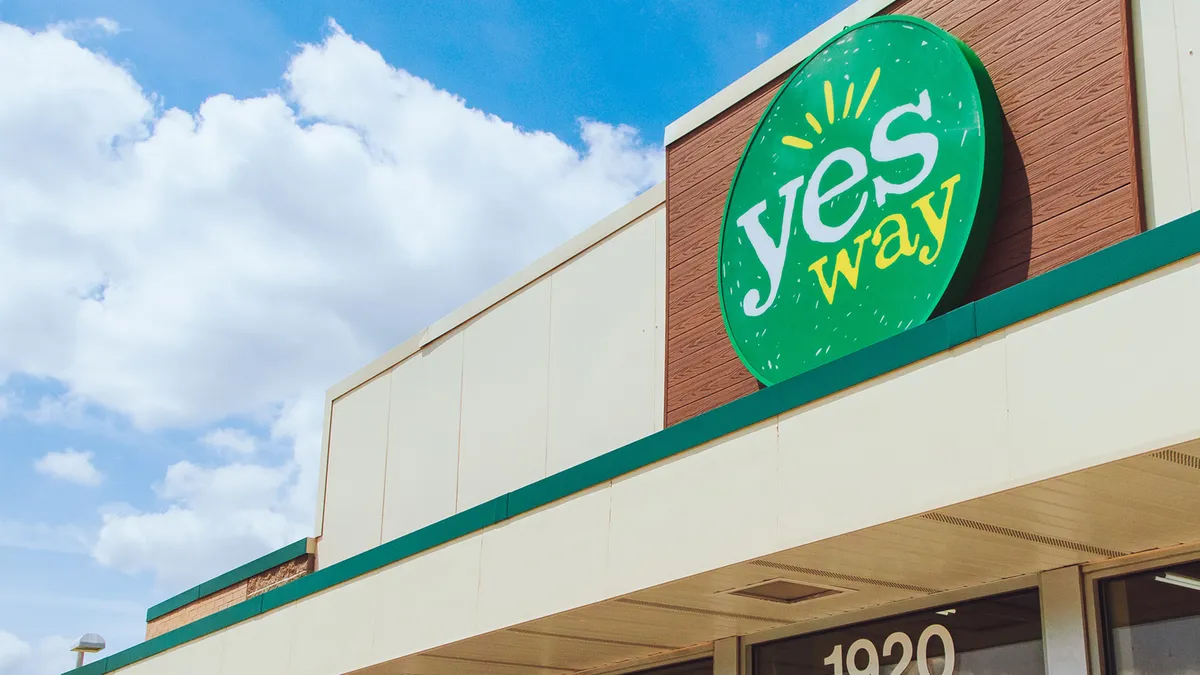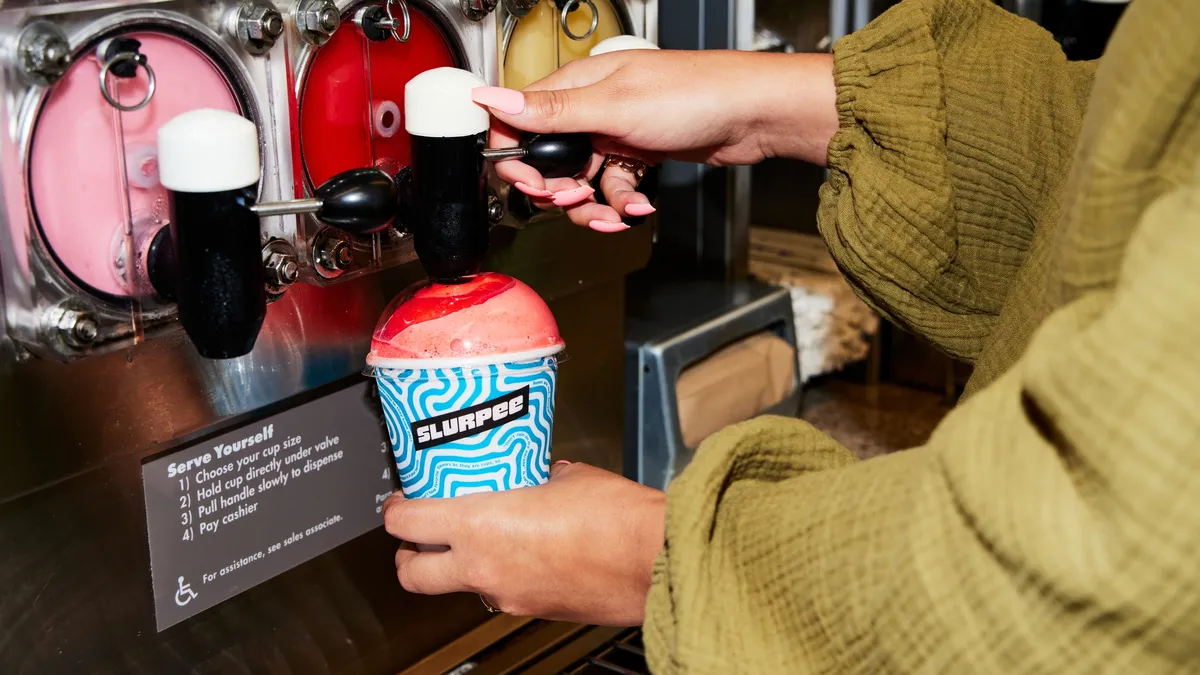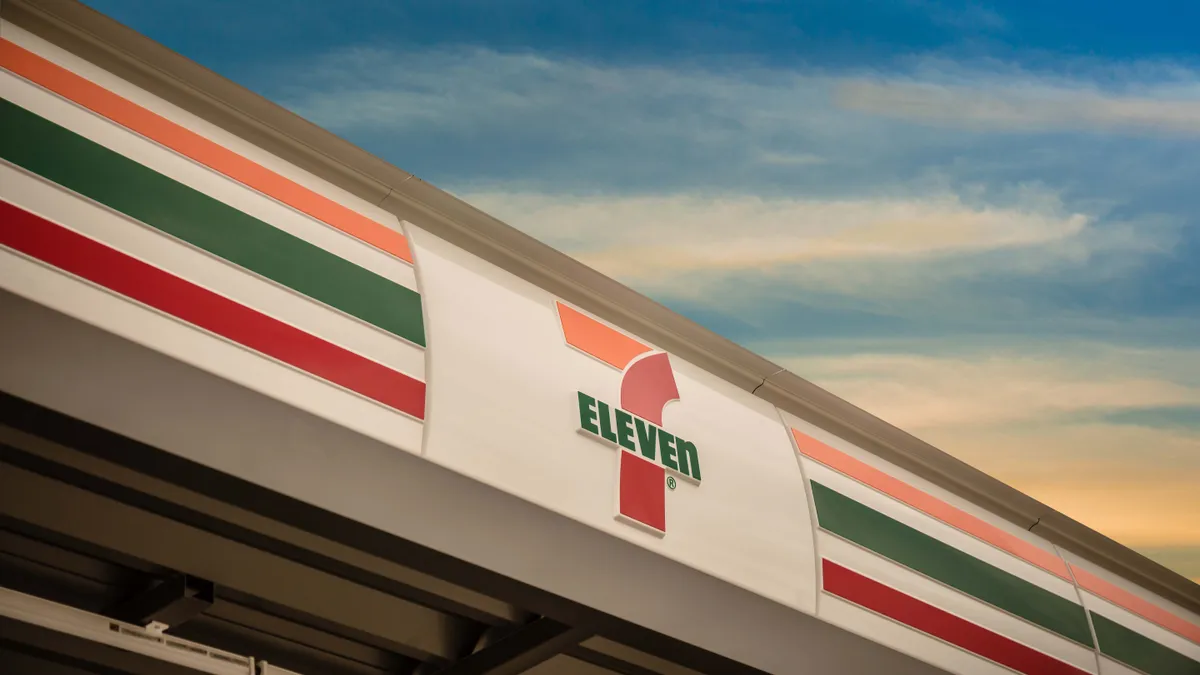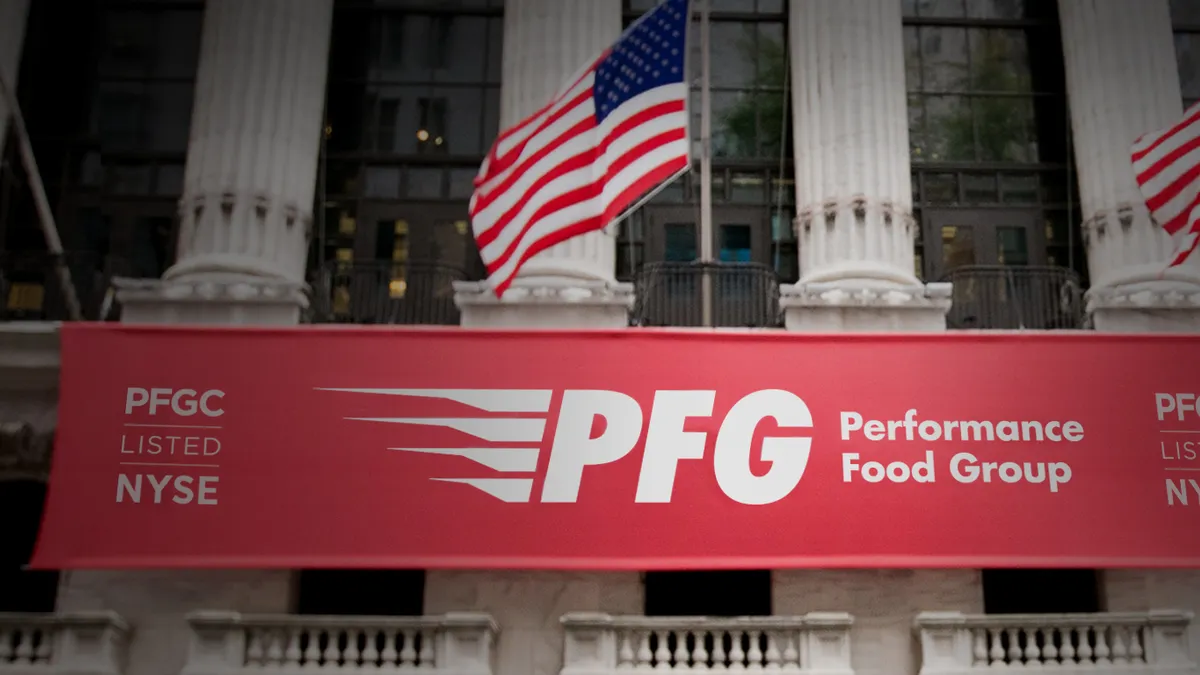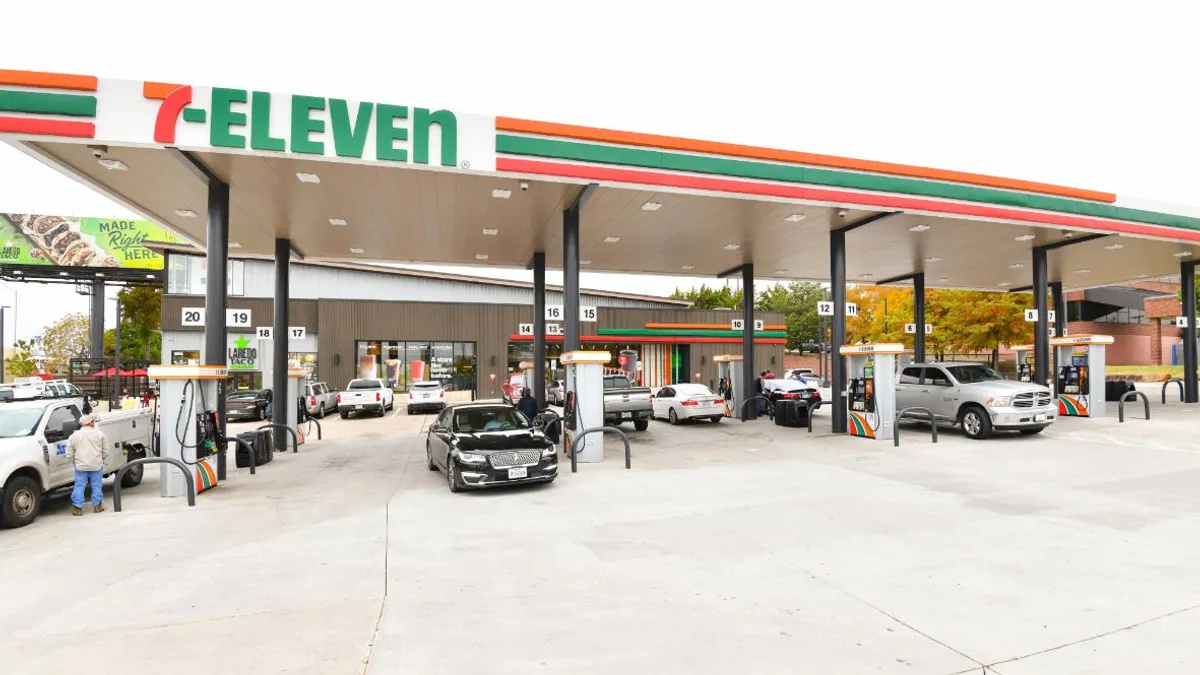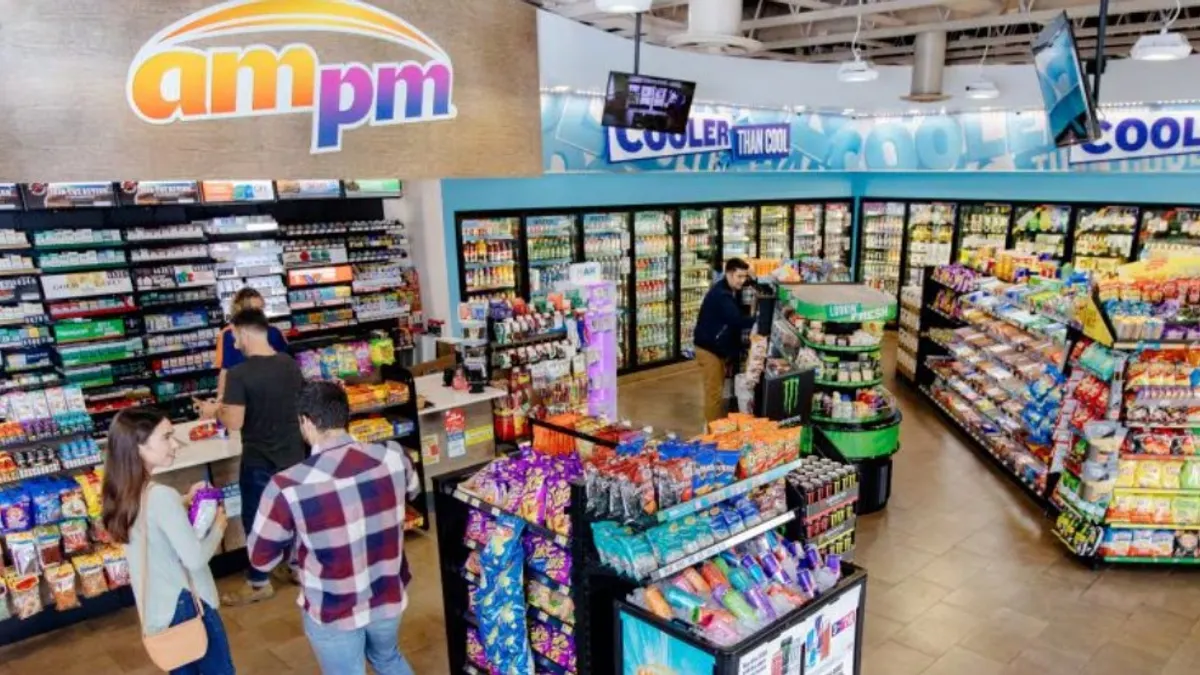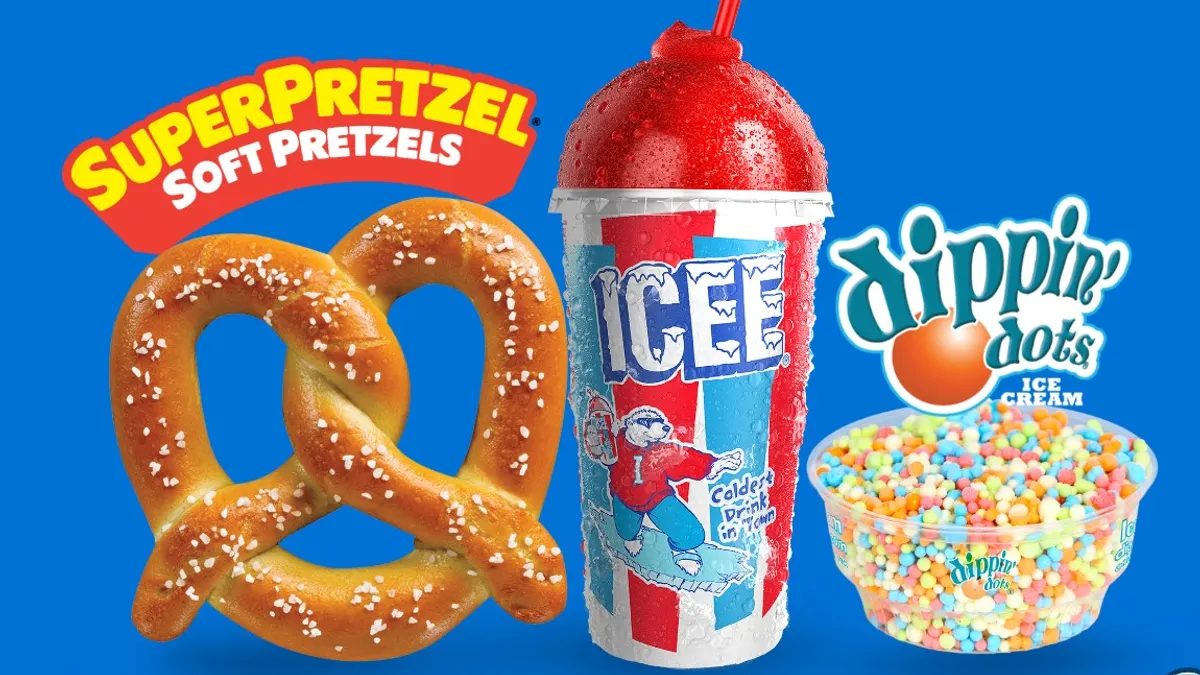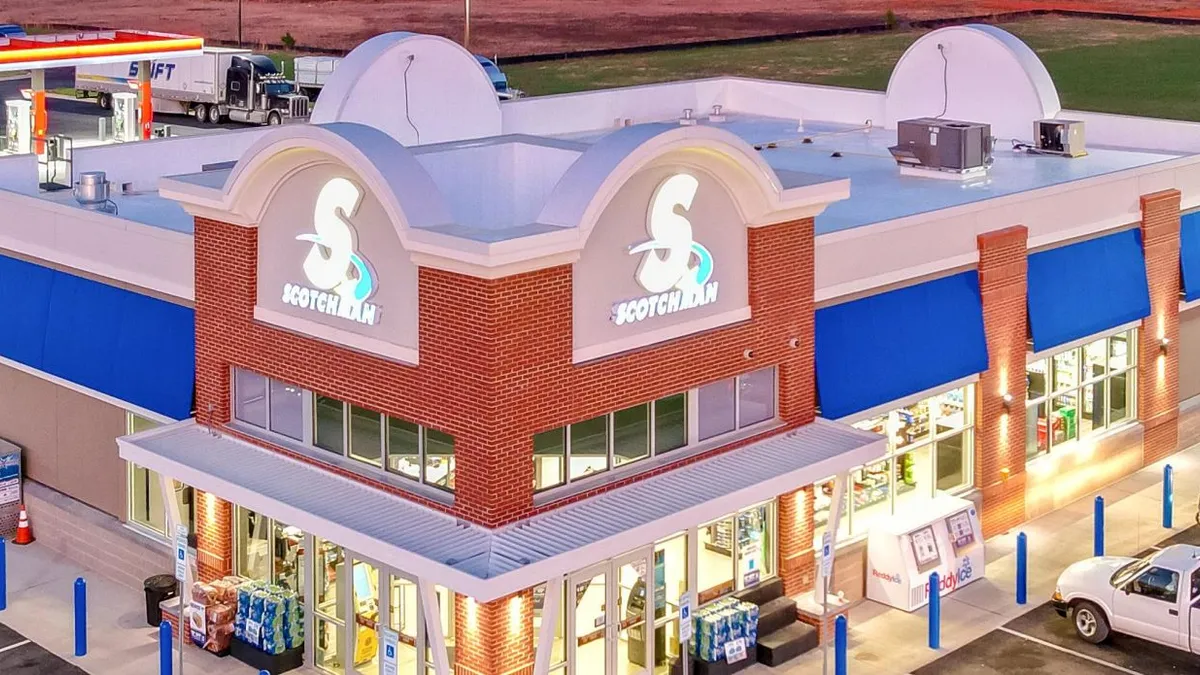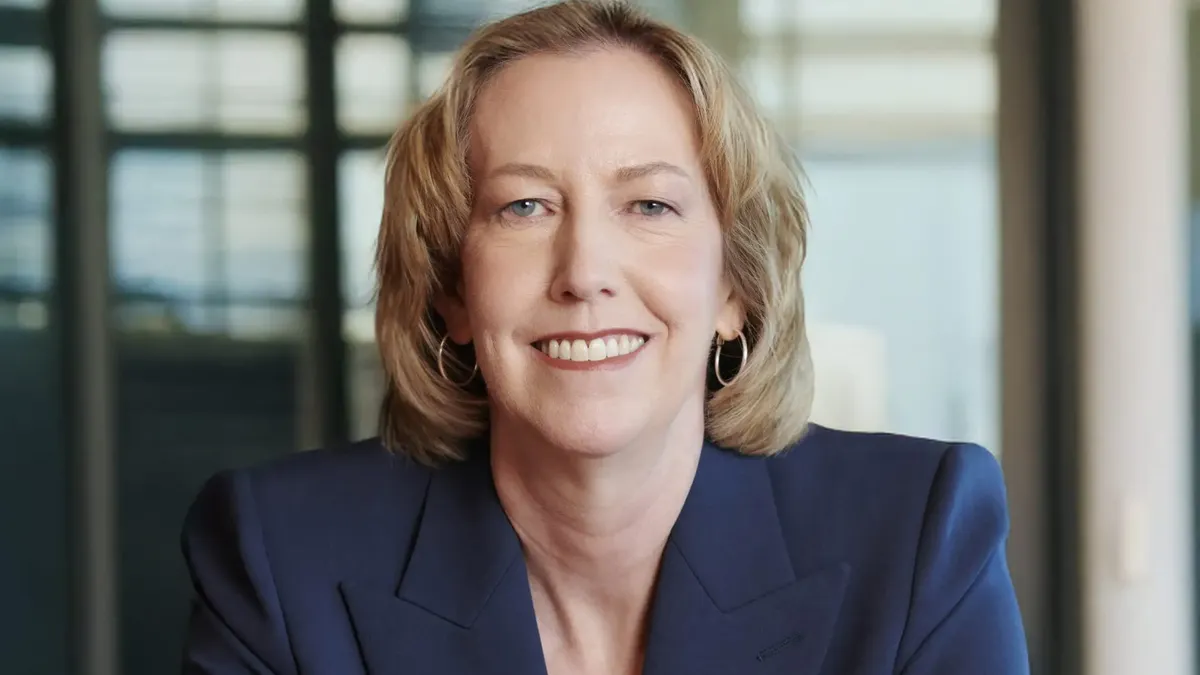When asked to forecast how 7-Eleven will perform this year after the company experienced a difficult 2024, James Keyes reflected on a time when the convenience retailer faced similar headwinds over three decades ago.
In 1990, 7-Eleven’s former parent company Southland Corporation filed for Chapter 11 bankruptcy after failing to rebound from the 1987 stock market crash. Southland ended up selling many of its assets — including nearly 500 convenience stores to Circle K — to relieve debt. 7-Eleven was losing ground in big cities it had a foothold in.
Keyes, who was 7-Eleven’s vice president of national gasoline operations at the time, pinned the company’s struggles on an inability to evolve and meet customer needs.
“As people, we get stuck in what works today,” Keyes, CEO of 7-Eleven from 2000 to 2005, said in an interview. “And that's where 7-Eleven was in 1990… they were reluctant to adapt to other convenience needs, and that resistance to change is what can put companies out of business.”
The bankruptcy also saw Seven-Eleven Japan — now a subsidiary of 7-Eleven’s parent, Seven & i Holdings — acquire 70% of Southland. The new ownership allowed 7-Eleven to transform its offerings and brand, Keyes said.
“We started going all over the world looking for convenience products,” he said. “That's when the first ATMs came into all stores, that's when we started launching fresh foods after being inspired by our Japanese licensee.”
About 35 years later, 7-Eleven finds itself in another sticky situation.
While the company isn’t on the brink of bankruptcy, it’s coming off a year of significant financial setbacks as it faces mounting economic challenges brought on by inflation. On top of that, 7-Eleven was hit with a takeover attempt by Alimentation Couche-Tard over the summer. That triggered a potential management buyout from its shareholder, Ito-Kogyo Co., which is affiliated with Junro Ito, vice president and representative director of Seven & i.
The convenience retailing world will be closely watching 7-Eleven in 2025. Here’s what experts will be monitoring as the company looks to rebound.
Creating a “New Standard” experience
7-Eleven’s woes last year reached a climax when it revealed in October that it would shutter 444 underperforming convenience stores in the U.S. As a result of economic headwinds, 7-Eleven dropped its fiscal 2024 operating income forecast by nearly 28%, from $2.9 billion to $2.1 billion, CEO Joseph DePinto said at the time.
Although this announcement startled the industry, Keyes said he wasn’t too surprised. Retailers that are active on the M&A front, as 7-Eleven is, often end up closing underperforming locations that aren’t in ideal locations or that may be redundant with other locations.
“It's what the industry goes through all the time,” he said.
7-Eleven’s former CEO said he isn’t paying much attention to these closures as something that will impact the company’s performance in 2025. It’s what came next that Keyes has his eye on.
Less than two weeks after it announced the closures, 7-Eleven outlined plans to open over 600 large-format, food-focused locations in the U.S. by the end of 2027. These locations will showcase a new prototype the company internally calls its New Standard stores. These sites offer a larger product assortment and expanded food and beverage offerings compared to the rest of its locations, in addition to in-store seating and electric vehicle charging stations.
7-Eleven has more than doubled its store count in North America since 2010. But as the company focuses on scalability, it has relied more on its efficient commissary system to provide food to its stores instead of making items fresh on site, Keyes said.
Keyes said he’ll be interested to see how 7-Eleven evolves its foodservice offering to become a focal point of this new store design and the company’s overall value proposition. And he doesn’t think it’ll be easy.
“Fresh food preparation in-store is always going to be a complex thing,” he said. “It adds a level of complexity in a small-box store that's difficult to execute because it inherently limits your menu.”
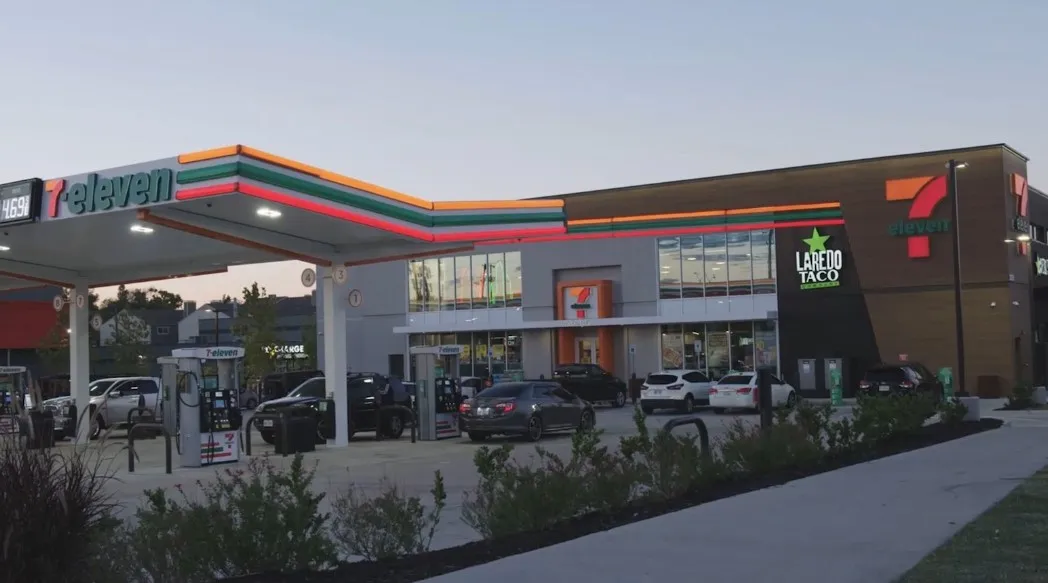
Michael D. Brown, a human capital strategist who spent nearly 20 years working in sales and operations for BP’s and Shell’s retail segments, said he wants to see how 7-Eleven promotes the end-to-end food experience in its New Standard stores. He added that since 7-Eleven stores have historically been designed to get customers in and out as fast as possible, the company must now change this perception and develop a whole new message.
“What's going to make that so much more special that I want to pay another dollar for versus going to a Panera Bread?” Brown said of the New Standard stores.
Brown, currently a senior managing partner of Global Recruiters of Buckhead in Georgia, also said he’s curious to see how 7-Eleven hires and retains employees for these locations. Due to their increased size and focus on fresh food, New Standard stores will require more employees — and more who are qualified to work in foodservice.
“With these new store formats, this is not just about training somebody on the register,” Brown said.
Brown emphasized that he also wants to see 7-Eleven create a unique experience with its New Standard stores that boost the company’s reputation. He compared 7-Eleven to Buc-ee’s and Wawa, which have built strong followings from their massive restrooms and hoagie sandwiches, respectively.
“With these new store formats, this is not just about training somebody on the register."

Michael Brown
Human capital strategist
Brown doesn’t believe that 7-Eleven has created this type of memorable experience in its stores. But it has a chance to change that with the new stores.
“I certainly want to know what the experience is going to be and what's going to separate them from the competition,” he said.
Couche-Tard’s bid versus management’s buyout
Both Keyes and Brown said they’re also anxious to see whether 7-Eleven sells to Couche-Tard or takes the management buyout.
Keyes, who worked at 7-Eleven for two decades and was CEO for five years, said both paths underscore Couche-Tard’s and Seven & i’s belief in 7-Eleven’s vision and future. He added that although either deal would be difficult to finalize, either one will reflect a natural evolution of 7-Eleven as a company and global brand.
“I admire both [Couche-Tard chairperson] Alain Bouchard for his belief in 7-Eleven and desire to acquire them, but I also admire Junro Ito for his confidence in the future of 7-Eleven,” Keyes said.
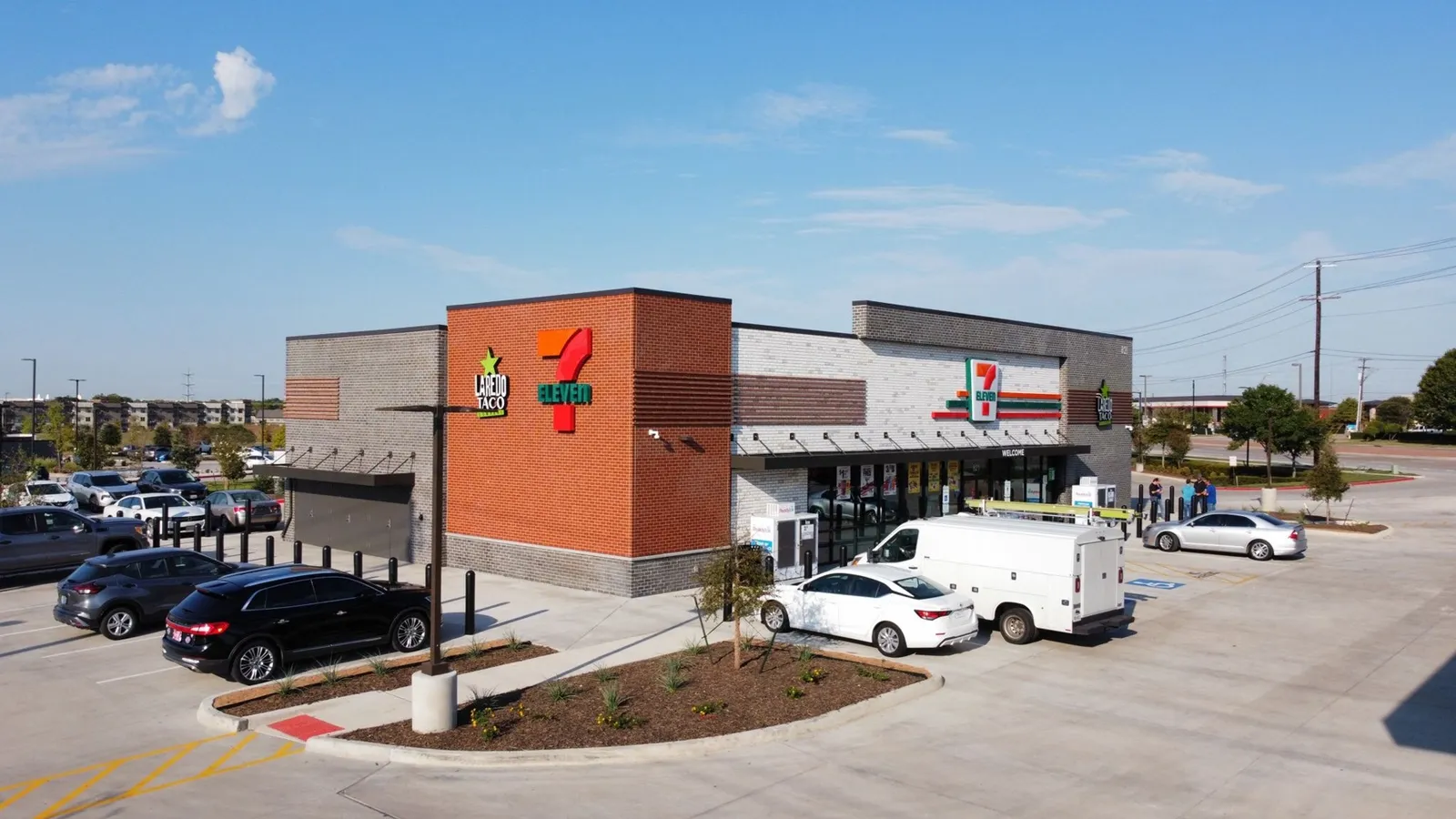
Brown is waiting to see if any of the deals actually transpire, noting that all the noise has likely distracted 7-Eleven from being able to focus on its store experience. He added that 7-Eleven’s New Standard store format and increased focus on foodservice may be the company signaling to shareholders that it wants to remain put.
“I think that there will be pressure on 7-Eleven to continue to make the case more boldly around why we are a better option to stay as we are, versus someone coming in to make a better shareholder return,” he said.
Chatter surrounding the sale to Couche-Tard or the management buyout may also impact how current and prospective employees view 7-Eleven, Brown said, since some workers may not want to be at the retailer if it’s on the cusp of such major change.
“If it’s [not] Couche-Tard today, who would it be tomorrow?” Brown said.


